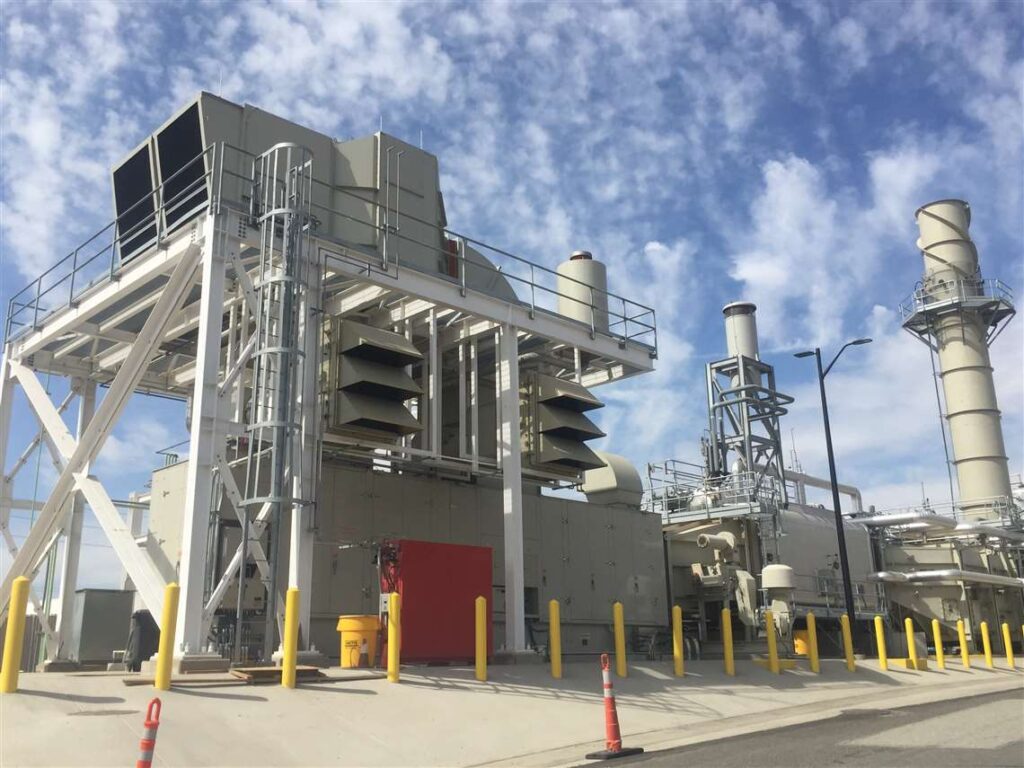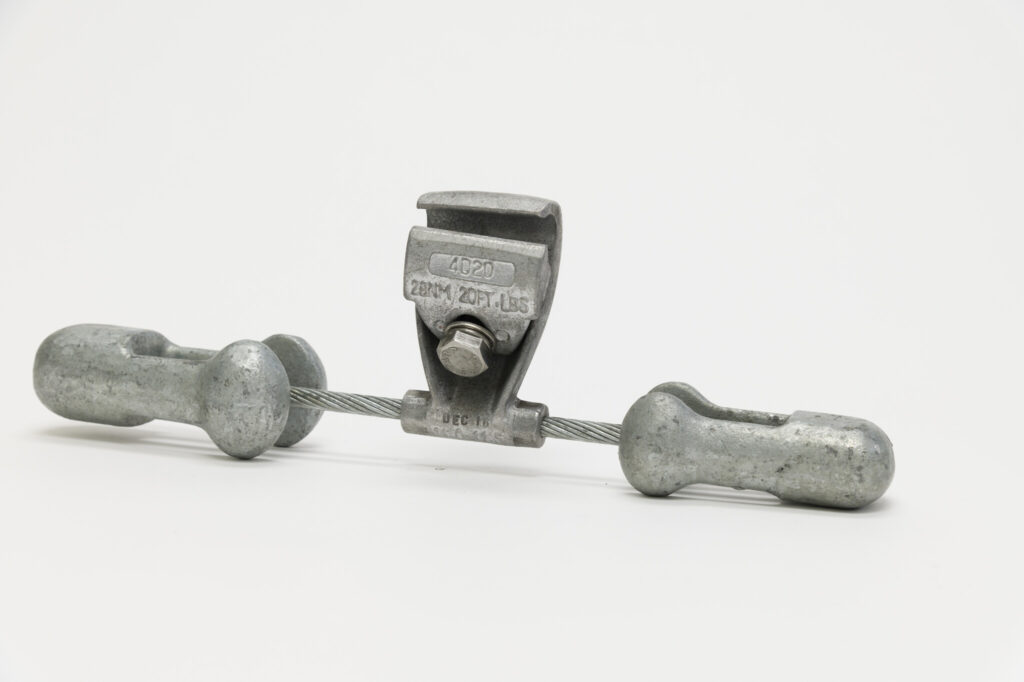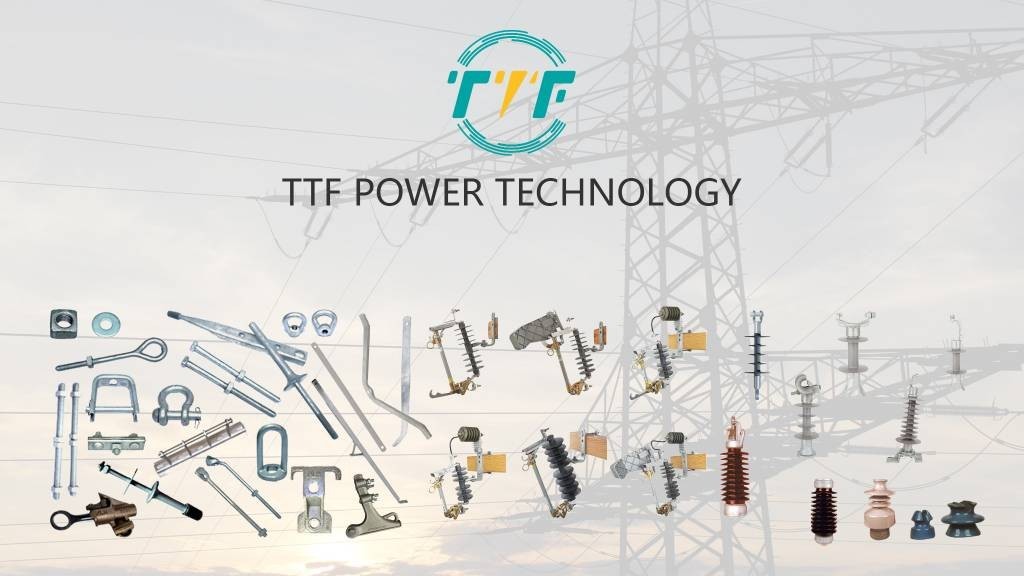
Chile is making significant progress in transitioning its energy sector from fossil fuels to renewables. One of the key initiatives is converting old diesel power plants into clean energy facilities. In most regions, diesel power plants used to provide electricity as backup power sources. They contribute to high greenhouse gas emissions, air pollution, and expensive fuel imports. By converting them into renewable energy plants, Chile can reduce emissions, cut energy costs, improve energy security, and enhance grid reliability. Projects such as solar, wind, battery storage, and hydrogen can help in transforming the diesel power plants into renewables. This is crucial for Chile to achieve their set target of achieving 70% of its electricity from renewable sources by 2030. Vibration damper armor rods help ensure the durability and reliability of transmission lines carrying electricity for renewable energy sources.
The use of vibration damper armor rods reduces wear and tear to reduce the risk of power outages and maintenance issues. This is crucial for integrating renewable energy sources into the grid. Vibration damper armor rods ensure the reliability of the transmission lines connecting the hybrid systems to the grid. This helps enable a smoother transition to renewables in Chile. For instance, French utility Engie has started commercial operations at its 68 MW Tamaya battery energy storage system on the site of its former diesel-fired power plant near Tocopilla in northern Chile. The conversion of fossil fuel-fired plants is part of Chile’s decarbonization plan to ensure a smooth energy transition. This will also provide new sustainable economic activity for communities.
The role of vibration damper armor rods in diesel plant conversion to renewables.
With the increased transition from diesel power plants to renewable energy sources, there is a need for stable transmission and distribution infrastructure. Vibration damper armor rods ensure reliability and longevity in power lines. These components reduce wear and tear, improve grid stability, and mitigate mechanical stress. Vibration damper armor rods can serve in solar projects, wind farms, and hybrid microgrid systems. Their key roles include:

- Protecting transmission lines—many projects are in high-wind zones such as the Atacama Desert and Patagonia. Vibration damper armor rods help reduce stress on transmission lines to prevent early failure and costly maintenance.
- Enhancing grid stability—transmission networks should be able to handle more dynamic and variable loads. Vibration damper armor rods reinforce conductors to prevent damage from frequent mechanical stresses. This is crucial to ensure long-term reliability in high-demand areas.
- Reducing maintenance costs—converting diesel power plants to renewables needs reinforcing existing transmission lines. Vibration damper armor rods reduce wear and tear, thereby reducing maintenance costs.
- Supporting hybrid systems—diesel plants are converted into hybrid systems that combine diesel generators with renewable energy sources and energy storage. Vibration damper armor rods ensure the reliability of the transmission lines connecting the hybrid systems to the grid.
Conversion strategies and projects in Chile
Chile is shifting from fossil fuels to renewable energy sources as part of its goal of achieving carbon neutrality by 2050. The key strategy for the transition is converting existing diesel power plants into renewable energy facilities. The conversion can help cut emissions, improve energy security, and lower electricity costs. Innovative hybrid microgrids, large-scale energy storage projects, and renewable integration in mining and industrial sectors are crucial in Chile’s transition. Key conversion projects in Chile include the AES Andes renewable transformation, Patagonia hybrid microgrid projects, Chile’s northern mining regions, and Engie’s renewable conversion plan. The key conversion strategies include:

- Solar and wind repowering—many diesel plants are being retrofitted with solar PV and wind turbines to replace fossil fuel generation. These plants have grid connections that make it easier to integrate renewable energy into the system.
- Hybrid microgrids—the systems combine solar, wind, and battery storage with existing diesel generators to reduce diesel consumption. The goal is to phase out diesel completely as battery storage and renewables improve.
- Battery energy storage systems (BESS)—dieselpower plants provide backup power to ensure grid stability. Advancements in lithium-ion storage technologies are replacing diesel for backup power. Large-scale battery projects being developed help store excess renewable energy for use when demand is high.
- Green hydrogen integration—some diesel plants are under study for conversion into hydrogen-based energy hubs. This will allow hydrogen fuel cells or turbines to generate clean electricity.
